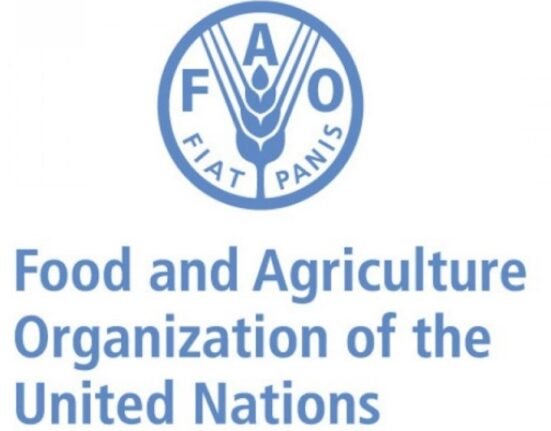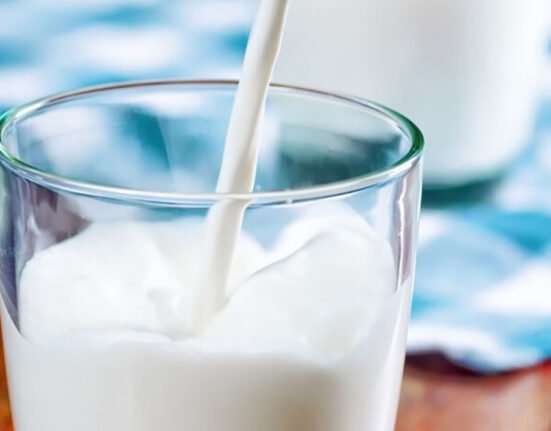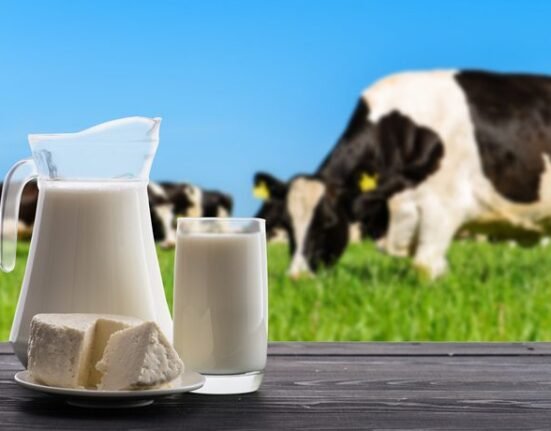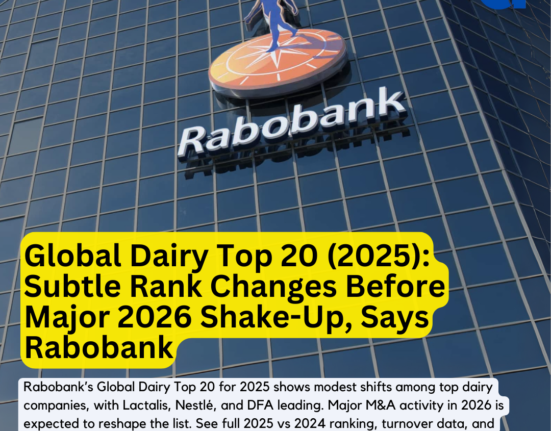Viral Ground Zero: Foot-and-Mouth Disease Crisis Tests Europe’s Dairy Security
By Dairy News Desk | Commentary by Dr. Ayan Mehra, Dairy Economist
Europe’s €140 billion dairy industry faces its most serious biosecurity crisis in over half a century, as a virulent strain of Foot-and-Mouth Disease (FMD) threatens to disrupt milk production, regional trade flows, and global supply chains. With confirmed outbreaks in Hungary, Slovakia, and now Germany, and Austria sealing 24 border crossings in a bid to prevent contagion, the crisis marks a defining moment for Europe’s dairy biosecurity framework.
As of April 7, 2025, over 9,000 cattle have been culled across affected regions, and international dairy trade is entering turbulent waters, with the UK leading a wave of bans on imports from impacted and adjacent countries—even where no confirmed FMD cases exist.
Outbreak Analysis: The Virus That Crossed Borders and Decades
The outbreak’s origin traces back to a Hungarian farm in early March 2025, where FMD was detected for the first time in 50 years. Within days, Slovakia confirmed infections on multiple farms, and by early April, the virus had jumped into parts of Germany. What began as an isolated case has now morphed into a multi-country emergency, with epidemiological tracing linking all cases to a single strain genetically matching a serotype O virus found in Pakistan (2017–18).
“The 98–99% genomic similarity to a South Asian strain is both fascinating and alarming,” says Dr. Petra Lorenz, veterinary epidemiologist with the EU Food Safety Authority. “It underscores how porous even the tightest biosecurity systems can be in a globalized livestock economy.”
Austria’s Containment Gambit: Biosecurity at DEFCON 1
Though no cases have been reported within Austria’s borders, the country has taken the most drastic action yet: closing 24 small border crossings with Hungary and Slovakia and deploying military-grade disinfection protocols at major checkpoints like Nickelsdorf and Hegyeshalom. Vehicles and pedestrians must pass over disinfectant mats, while customs officials inspect for meat and animal products that could transmit the virus.
The closure is set to remain in place through May 20, 2025, pending risk reassessment.
“When dealing with a virus that travels up to 60 km on air currents and survives for months in the environment, half-measures won’t cut it,” warned Austrian virologist Dr. Norbert Nowotny.
Economic Impact: Dairy Sector in the Crosshairs
The economic fallout is mounting:
| Country | Cattle Affected | Estimated Direct Loss (€) | Export Restrictions |
|---|---|---|---|
| Hungary | 4,000+ | €15M+ | 15+ non-EU countries |
| Slovakia | 3,750+ | €10M+ | UK, Czech Republic, Poland |
| Austria | 0 (preventive) | €5M+ (border enforcement) | UK bans dairy imports |
| Germany | Confirmed cases | TBD | Potential EU-wide fallout |
In particular, the UK’s preemptive ban on Austrian dairy and meat products—despite no domestic infections—has ignited debate about the balance between science and political risk management.
Biosecurity Breakdown: A Global Food System Under Threat
This crisis underscores the fragility of modern dairy supply chains. FMD, while not transmissible to humans, is devastating for livestock: it causes painful blisters, severe milk yield reductions (up to 80%), and often necessitates mass culling to contain outbreaks.
Key Risk Factors:
- Airborne Spread: FMD can travel via air up to 60 km under the right conditions.
- Contaminated Inputs: Feed, transport vehicles, and packaging can harbor the virus.
- Human Error: Inadequate disinfection at borders or ports can trigger cross-border spread.
“This isn’t just a veterinary crisis—it’s an economic, trade, and public policy crisis,” says Dr. Ayan Mehra, Dairy Economist. “The current outbreak exposes the limits of national-level containment in an integrated European dairy market.”
Future Outlook: From Emergency to Reform
If history is a guide, the FMD outbreak of 2001 in the UK cost the country over £8 billion in economic damages. While today’s crisis is still unfolding, parallels abound—and the implications could stretch well beyond Europe.
Key Recommendations for the Dairy Sector:
- Reinforce cross-border disease surveillance and harmonize emergency response protocols across the EU.
- Accelerate digitization of animal traceability systems to ensure faster outbreak identification and response.
- Expand strategic vaccine stockpiles and establish contingency production agreements with pharmaceutical suppliers.
- Support affected farmers through loan moratoriums, insurance schemes, and disaster recovery packages.
India’s Perspective: A Cautionary Tale or Strategic Opportunity?
For countries like India, which exports dairy products to the Middle East and Asia, the European outbreak offers both a warning and a potential opening. While FMD is endemic in parts of India, the National Dairy Development Board’s (NDDB) FMD control program (FMD-CP) has made notable progress in reducing cases and expanding vaccination coverage.
If India can demonstrate traceable, FMD-free dairy zones and tighten export certification standards, it could fill temporary supply gaps in markets affected by EU disruption—particularly in cheese and processed dairy categories.
Conclusion: Will Europe’s Dairy Industry Bounce Back Smarter?
The ongoing FMD outbreak is a wake-up call for the global dairy sector. It challenges long-held assumptions about food safety, livestock mobility, and the resilience of modern agricultural economies. With thousands of animals culled, borders shut, and billions in trade at risk, the decisions made in the next few weeks will shape the future of dairy in Europe and beyond.
For now, the industry watches and waits—with 24 closed border crossings standing as a thin line between containment and catastrophe.







